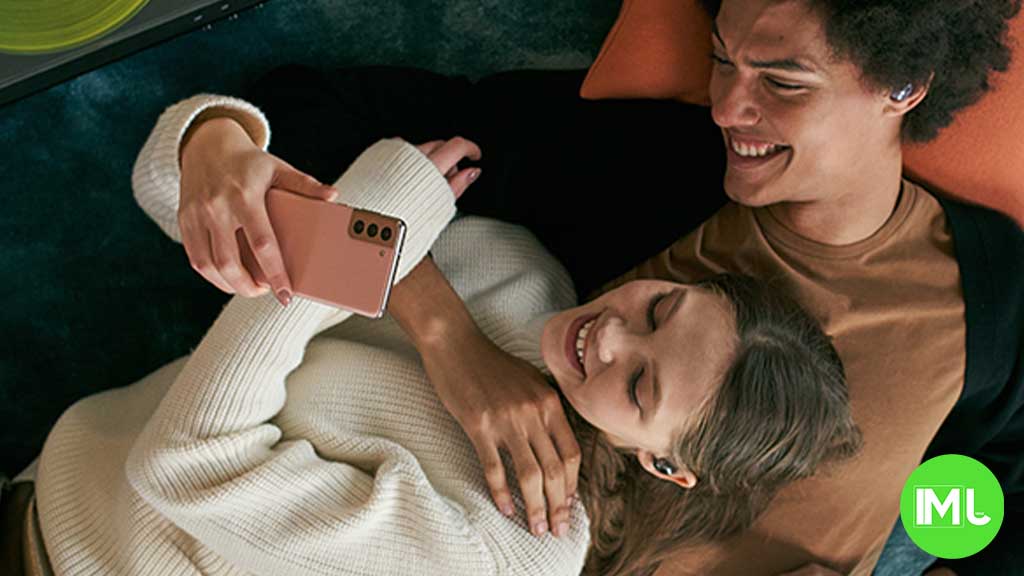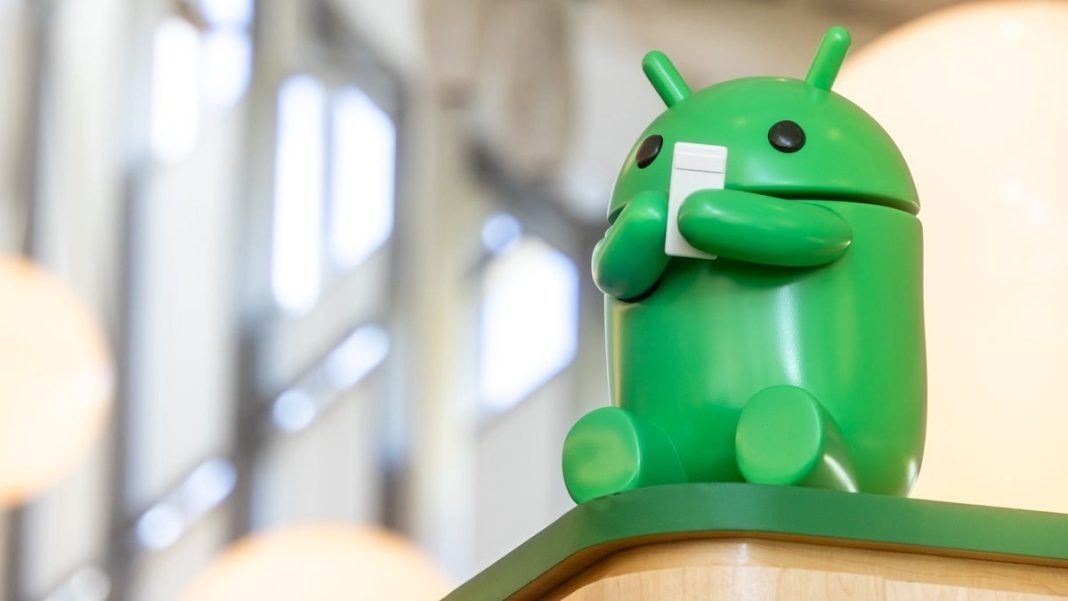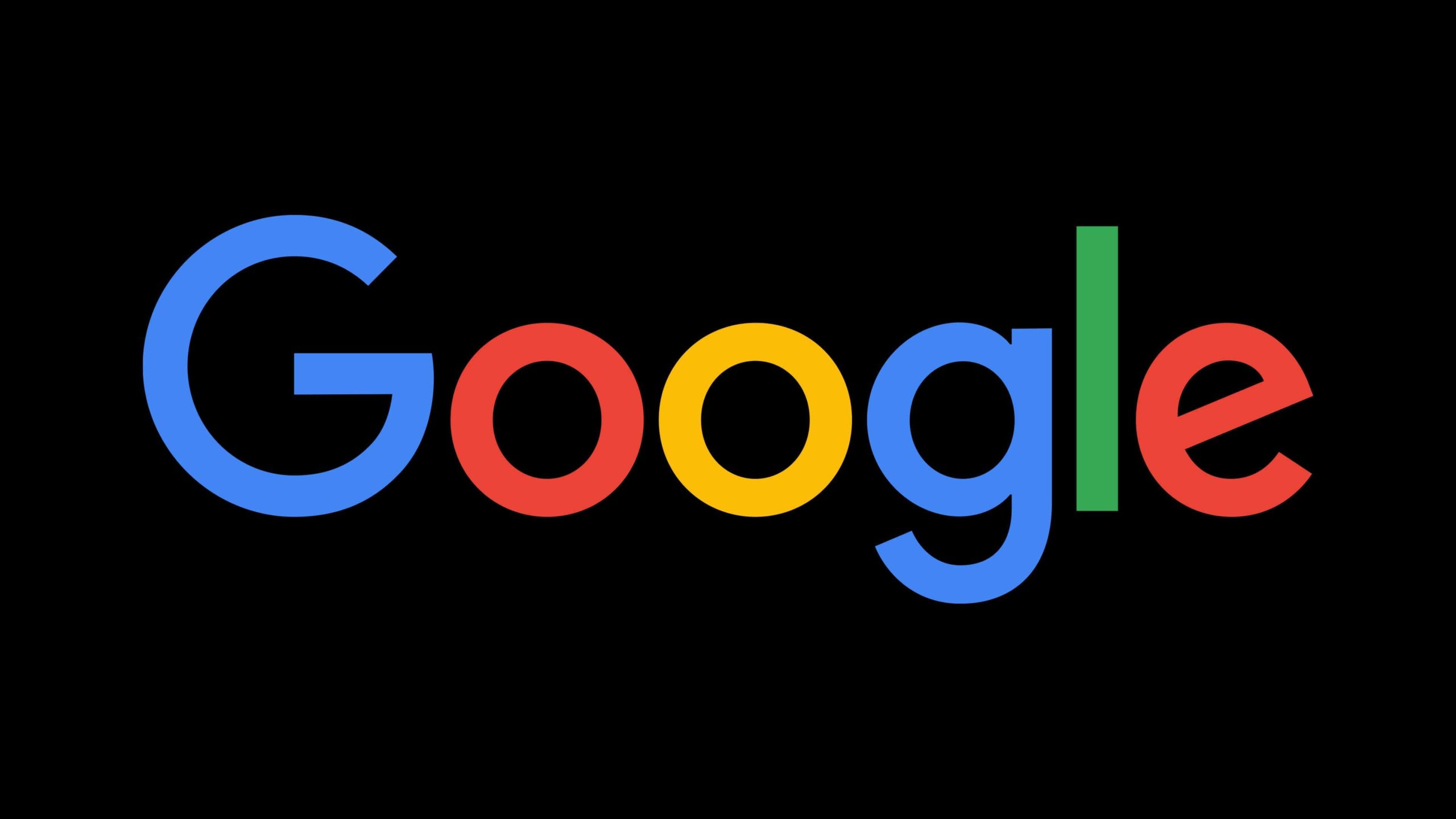News
Samsung Galaxy S21 gets 49th software update, March 2024 patch arrives!

Samsung Galaxy S21 continues to get new software updates even after completing three years of release. This time, with the 49th software update, Samsung released the March 2024 security patch for the Galaxy S21 series.
Unlike Google and Apple, Samsung is rolling out its March 2024 patch update to the Galaxy S21 series gradually. Consumers getting the update can identify it via the PDA build versions as follows:
- G991BXXS9FXBE – Galaxy S21 5G
- G996BXXS9FXBE – S21 Plus 5G
- G998BXXS9FXBE – S21 Ultra 5G
It seems to be the last software for the Galaxy S21 series based on the One UI 6.0 version. Next month, the Korean tech giant is expected to push some of the Galaxy S24’s features with One UI 6.1 update to the S21, S21 Plus, and S21 Ultra.
As far as the March 2024 patch is concerned, Samsung addressed 2 critical, 35 high levels of Android CVEs. Additionally, the update includes fixes for 9 One UI SVE items related to AppLock, Bootloader, some services, and more.
Force manual update!!
- Settings -> Software update -> Download and install
Samsung Galaxy S21 Plus March 2024 security update #Samsung #GalaxyS21 pic.twitter.com/dphTrJvE1k
— Samsung Software Updates (@SamsungSWUpdate) March 15, 2024
Stay up-to-date on Google Pixel, Android & Tech Stuffs by following I M Judge on X/Twitter where you can also discover the latest news, polls, reviews, and new features for Google Apps, Pixel Phones, and the Android operating system.
Do you like this post? Kindly, let us know on X/Twitter: we love hearing your feedback! If you prefer using other social platforms besides X, do follow/join us on Facebook and Telegram.
Android
Android Tablets Poised for a Multitasking Revolution: Three Apps, One Screen

For years, Android users have enjoyed the convenience of multitasking, juggling between apps with relative ease. However, the core functionality of split-screen mode has remained largely unchanged, typically limiting users to two apps at once. While manufacturers have introduced their own enhancements, a unified, system-level solution for more robust multitasking has been notably absent.
But the winds of change are blowing. Whispers from the development of Android 16 suggest a significant shift: the potential for running three apps simultaneously on tablet displays. This development promises to redefine the tablet experience, unlocking new levels of productivity and convenience.
The Current Landscape of Multitasking:
The ability to run two apps side-by-side has proven invaluable across various screen sizes, from smartphones to foldable devices and tablets. Yet, the increasing size and capabilities of tablets have created a demand for more sophisticated multitasking. Imagine seamlessly managing a video call, browsing the web, and taking notes, all on the same screen. This is the promise of enhanced split-screen functionality.
Several Android manufacturers have already recognized this need and implemented their own solutions. Samsung’s One UI, for example, allows users to split the screen into three sections – two on one side and one on the other – and even offers pop-up views for added flexibility. Lenovo’s “PC Mode” introduces a desktop-like experience with floating windows, providing a different approach to multitasking. OnePlus has also made waves with its “Open Canvas” feature, found on the OnePlus Pad and Open, which offers a highly adaptable system for arranging apps, including support for three apps simultaneously. These implementations demonstrate the potential of enhanced multitasking and the clear user desire for such features.
Android 16: A Glimmer of Hope:
Now, it appears Google is poised to bring this advanced multitasking capability to the Android operating system itself. Emerging from the development of Android 16 is evidence of a new system designed to support three apps in split-screen mode. This discovery, unearthed by diligent observers, suggests a fundamental change in how Android handles multitasking on tablets.
While still in its nascent stages, this new system appears to function similarly to OnePlus’s Open Canvas. Early indications point to an intuitive interface that prompts users to place a third app within the existing split-screen setup. Imagine effortlessly dragging and dropping apps into designated areas, creating a customized workspace tailored to your needs. This would not only enhance productivity but also provide a more engaging and immersive user experience.
The Potential Impact:
The implications of this development are significant. A native, system-level implementation of three-app split-screen would benefit a wide range of devices, most notably the Pixel Tablet. It would also set a new standard for Android tablets, encouraging manufacturers to embrace and optimize for this enhanced multitasking capability. This would lead to a more consistent and powerful user experience across the Android ecosystem.
For users, this means greater flexibility and efficiency. Imagine researching a topic online while simultaneously composing an email and referencing a document. Or perhaps watching a tutorial video while practicing the steps in a separate app and taking notes in a third. The possibilities are vast.
Looking Ahead:
It’s important to remember that Android 16 is still under development. The features currently being explored may evolve or change before the final release. However, the evidence of a three-app split-screen system is a promising sign. The development of Android 16 is ongoing, with developer previews currently available and a beta program anticipated to launch soon. As we move closer to the official release, we can expect more details to emerge about this exciting new feature and the future of multitasking on Android tablets. This potential upgrade signifies a major step forward for Android tablets, transforming them into even more powerful and versatile tools for both work and play.
Elevating the Google Messages Experience: Group chat icons, threaded replies to media and YouTube Music samples

Google Messages has been on a steady path of improvement, and two recent developments promise to significantly enhance the user experience, particularly for group chats and multimedia content. Let’s delve into these exciting features and explore how they’ll revolutionize the way we interact with friends and family.
Putting a Face to Your Group Chats: Custom Group Icons
For years, group chats in Google Messages have been identified by a generic grid of user profile pictures or initials. This can make it difficult to quickly distinguish between multiple chats, especially for users who participate in numerous group conversations. Thankfully, Google is addressing this pain point by introducing custom group icons.
Recent beta versions of Google Messages reveal code hinting at the imminent arrival of this feature. Users will soon be able to personalize their group chats with unique images, similar to the profile pictures we use for individual contacts. This long-awaited functionality will bring Google Messages on par with other popular messaging apps and make it easier to visually identify and organize group chats.
The ability to set custom group icons is likely to be met with enthusiasm by users. Imagine assigning a funny picture to your college buddies’ chat or a heartwarming family photo to your family group. These visual cues will add a touch of personality and make navigating your chats a breeze. It’ll also be interesting to see if this feature allows for collaborative changes or requires admin privileges. Additionally, it remains to be seen whether the chosen group icon will be reflected for iPhone users within the chat.
Threaded Replies to Photos and Videos: A Richer Conversation Experience
Another exciting addition to Google Messages is the ability to create threaded replies to images and videos shared within chats. This functionality, currently under development, promises to streamline conversations around multimedia content.
Imagine this scenario: you share a hilarious video in a group chat, and everyone chimes in with their reactions. Previously, replies would be scattered throughout the conversation, making it difficult to follow the thread. With threaded replies, users can now directly reply to a specific media item, keeping the conversation organized and focused.
Tapping on a shared image or video will bring up new options at the bottom of the screen. You’ll be able to leave reactions directly from this view, eliminating the need for long presses and additional steps. More importantly, you’ll be able to add comments to pictures and videos, and a dedicated conversation thread will be displayed for each media item, fostering a more structured discussion.
While this feature is still in its early stages, it has the potential to significantly enhance the way we interact with multimedia content in Google Messages. It will make conversations around photos and videos more engaging and easier to follow, especially in large group chats.
YouTube Music Gets a Discovery Boost with Samples
In 2023, YouTube Music introduced the “Samples” feed as a music discovery tool. Now, this feature is becoming even more accessible by appearing directly on artist pages.
Samples, essentially a short-form video segment feed, is designed to help you discover new music that you might love. Inspired by the success of YouTube Shorts, it leverages YouTube Music’s vast library of music videos to curate a personalized feed. This ensures that you’re always encountering new music, whether it’s the latest release from a rising star or a hidden gem from an established artist.
On YouTube Music for iOS, a new “Samples” button has been incorporated into the top bar, providing quick access to an artist’s collection of short-form videos. This is a fantastic way to get a taste of an artist’s style and discography before diving deeper. Samples are intended to offer a glimpse into the artist, the video, and the overall feel of the song, making it a valuable tool for music exploration.
The Samples integration with artist pages is currently limited to the iOS version of YouTube Music. However, it’s likely that this feature will soon be available on Android as well. Additionally, YouTube Music for Android tablets has finally received the Speed Dial feature, allowing for faster access to frequently played music.
In conclusion, Google Messages and YouTube Music are undergoing exciting transformations that cater to the evolving needs of their users. The ability to personalize group chats with custom icons, engage in threaded replies around multimedia content, and discover new music through YouTube Music Samples are significant steps forward. These features promise to make our messaging and music streaming experiences richer, more interactive, and ultimately, more enjoyable.
Android
Gemini app gets real-time news boost and Android 16 prepares for multitasking makeover

Gemini to Offer Up-to-the-Minute Information Thanks to AP Partnership
Google’s AI-powered information assistant, Gemini, is getting a major upgrade in the form of a new partnership with The Associated Press (AP). This collaboration will provide users with real-time news directly within the app, making it easier to stay informed on current events.
Split-Screen on Android 16: Borrowing the Best from OnePlus?
While Android has offered split-screen multitasking for some time, the upcoming Android 16 update may introduce a significant improvement inspired by OnePlus’ Open Canvas feature. This new system could allow users to run three apps simultaneously on their phones, with a focus app taking up 90% of the screen and a secondary app occupying the remaining 10%. The beauty lies in the ability to quickly enlarge the smaller app by simply tapping on it.
Looking Beyond Split-Screen: “Bubble Anything” for Even More Flexibility
Android 16 might not stop at a revamped split-screen. Leaks suggest Google is also developing a “bubble anything” feature, allowing users to run any app in a floating bubble that overlays other applications. This could be a game-changer for multitasking, offering even more freedom for managing multiple tasks simultaneously.
A Glimpse into Android 16’s Multitasking Future
With Android 16 still in its early stages of development, details remain scarce. However, the evidence suggests Google is prioritizing enhanced multitasking capabilities. From the potential adoption of a three-app split-screen system to the “bubble anything” feature, Android 16 might be a significant leap forward for power users who juggle multiple apps throughout the day.
Beyond Android Phones: Will Tablets See Similar Improvements?
While the focus here has been on smartphones, it’s worth considering how these multitasking enhancements might translate to Android tablets. With the introduction of desktop windowing support in Android 15, some might question the need for a revamped split-screen. However, the new split-screen mode offers a simpler user experience potentially integrated with the app pairs feature for state saving. While desktop windowing offers greater flexibility with handling more than three apps, the simpler split-screen could be a better fit for many users who don’t require extensive multitasking on their larger tablets.
Overall, the news surrounding Android 16 paints a promising picture for those who value multitasking capabilities on their devices. The collaboration with AP for real-time news in Gemini and the potential improvements to split-screen and app management are exciting developments to watch unfold in the coming months.
-

 Apps11 months ago
Apps11 months agoGboard Proofread feature will support selected text
-

 News11 months ago
News11 months agoSamsung USA crafting One UI 6.1.1
-

 News10 months ago
News10 months agoBreaking: Samsung Galaxy S22 may get Galaxy AI features
-

 News10 months ago
News10 months agoSamsung Galaxy S23 Ultra with One UI 6.1 and all S24 AI features revealed
-

 News11 months ago
News11 months agoOne UI 6.1 Auracast (Bluetooth LE Audio) feature coming to many Samsung phones
-

 News11 months ago
News11 months agoSatellite SOS feature coming to Google Pixel phones, evidence leaked
-

 Apps8 months ago
Apps8 months agoGoogle’s fancy new Weather app is finally available for more Android phones
-

 News11 months ago
News11 months agoGoogle Pixel evolves as Europe’s third best selling flagship






